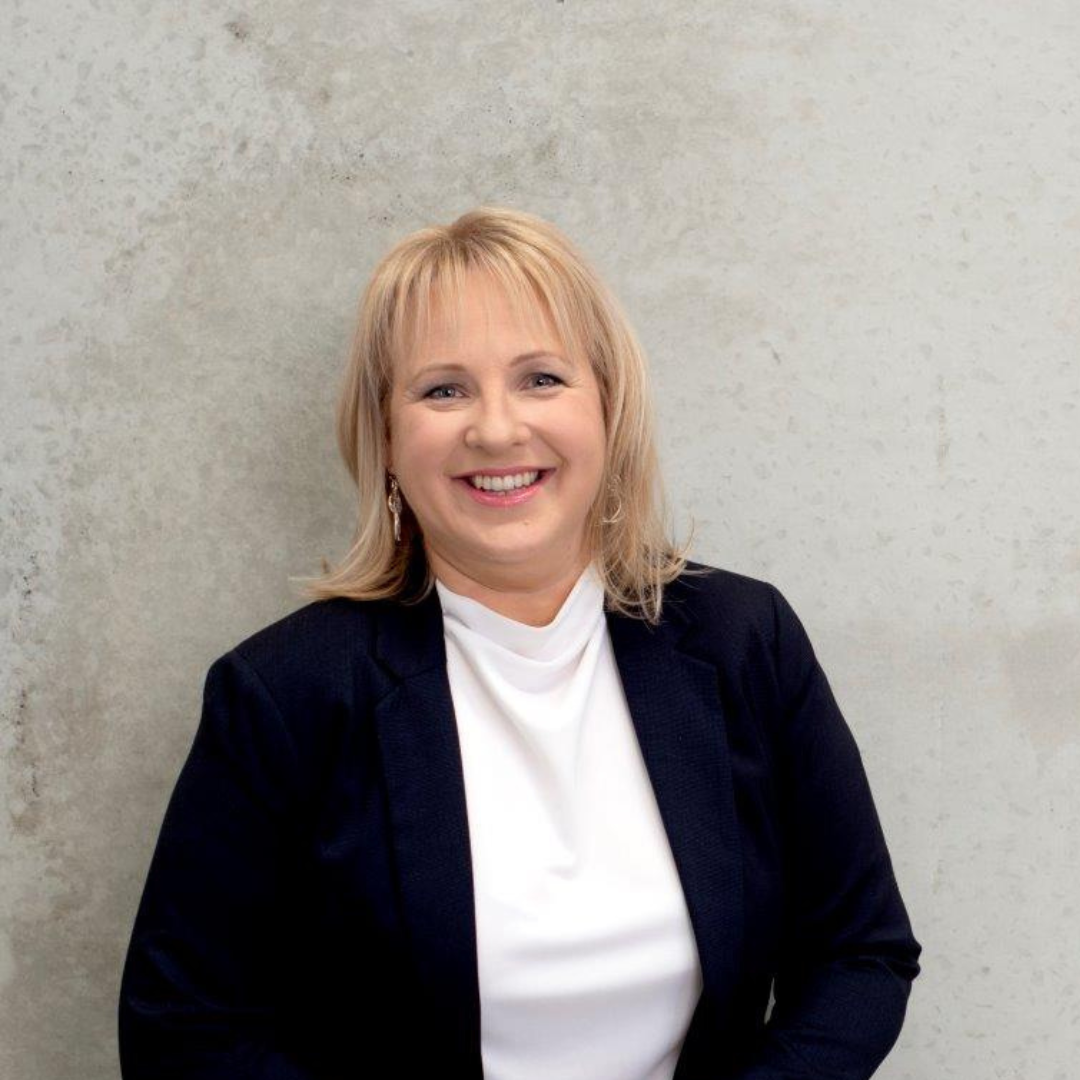
We acknowledge Australian Aboriginal and Torres Strait Islander peoples as the first inhabitants of the nation and the traditional custodians of the lands where we live, learn and work. We pay our respects to elders past and present.

“I grew up in a mining town, and there was limited employability. I loved chemistry and science, so initially I worked as a hairdresser on the weekend while studying. I finished my trade and then travelled to Europe only to return to Queensland with a broadened mindset. So, I applied for a job in the mine’s metallurgical labs. That job exposed me to a ton of WHS hazards and risks.”
“Even then as a young worker, I started asking challenging questions as simple as ‘is this okay?’ because I wasn’t sure. Thankfully that was seen as a positive. The bosses realised I wasn’t afraid to speak up, so they sent me to OSH Officer training and it’s from there I incorporated health and safety in my roles. After working in different roles in the mine, I eventually became a senior manager in OSH.”

“I have seen how women have been left out of the ‘boys club’ in workplaces – experiences can be different for each person even in the same company. In those instances, when you’re not getting what you want from the leadership around you, be the leader for others.”

“It’s about how we can give opportunities where we can to each other, and to recognise when women are in leadership roles. But it doesn’t stop there. It’s also asking, ‘what else can I do to uplift and promote this person?’ as women succeed, and if possible, help each other crack into boardroom spaces.”
“[Our] greatest opportunity is to continue to focus on driving diversity and inclusion where we can – whether its gender, physical ability, individual culture - all of it. For us at AIHS, it’s about what technical capability do you need from a person who can fulfil the role in the cultural and systemic context of the workplace.”
“I’d love to get rid of the cringe that comes with saying ‘health and safety person’ and have our sector be equally as proud as saying ‘doctor’ and ‘fire fighter’– it’s STEM, it’s a science – get into it!”
Join us at the World Congress on Safety and Health in November and learn from experts like Naomi Kemp on how to create safe and inclusive workplaces for all. Register now and be part of the global movement for workplace safety and health.
Don’t miss out on World Congress announcements and work health and safety insights and research – direct to your inbox.